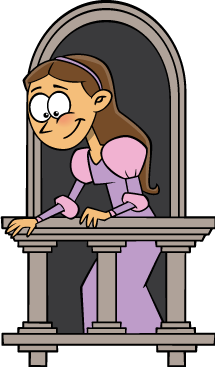I recently had the privilege to watch a video of a school group in New Jersey perform my Treasure Island for Kids, and of course, it was AWESOME! That being said, one thing I kept noticing…. they were saying “Rum” incorrectly… but wait! No, they weren’t, they were saying “Gum”!
When re-writing classics tales like I do, I do my best to stick to the original plotline as much as possible. However, there are several times where that’s not possible. Sometimes with the length of the story or around specific content covered in the stories. And Treasure Island is no different, because, when it comes to pirates, they drink rum! And there are no mixing words when Robert Louis Stevenson wrote Treasure Island, those pirates drank their rum!
I specifically remember wavering around this point when writing, if I should talk about rum or not. In the end, I stayed to the storyline and hoped that schools and directors would make modifications as they felt necessary. Well, good for this school… as those pirates were constantly searching for their GUM!
So, if you are performing Treasure Island, and don’t feel comfortable using the word rum, you are MORE THAN WELCOME to substitute GUM in there!
Until next time, have fun on the stage!
Treasure Island: Rum or Gum? was originally published on Shakespeare for Kids Books



 Ok, let’s start with, I didn’t make this… but, it’s pretty darn cool! (credit to Mya Gosling) Shakespearean Tragedy Bingo. My first thought was, it’s going to be a pretty long game. But, my second thought was to actually make this into a game. Have all the different scenes that relate to the squares put in the “Shakespearean Tragedy Bingo” bag. Pull out the scene and play, review it slightly for a quick learning lesson, and have the kids mark their cards!
Ok, let’s start with, I didn’t make this… but, it’s pretty darn cool! (credit to Mya Gosling) Shakespearean Tragedy Bingo. My first thought was, it’s going to be a pretty long game. But, my second thought was to actually make this into a game. Have all the different scenes that relate to the squares put in the “Shakespearean Tragedy Bingo” bag. Pull out the scene and play, review it slightly for a quick learning lesson, and have the kids mark their cards!



 1) Disney’s cartoon version of The Jungle Book didn’t follow Rudyard Kipling’s actual story, it was “inspired” more than “based” on the book
1) Disney’s cartoon version of The Jungle Book didn’t follow Rudyard Kipling’s actual story, it was “inspired” more than “based” on the book 8)
8) 
 19) ‘Nag’ the snake is pronounced, “Narg”
19) ‘Nag’ the snake is pronounced, “Narg”




